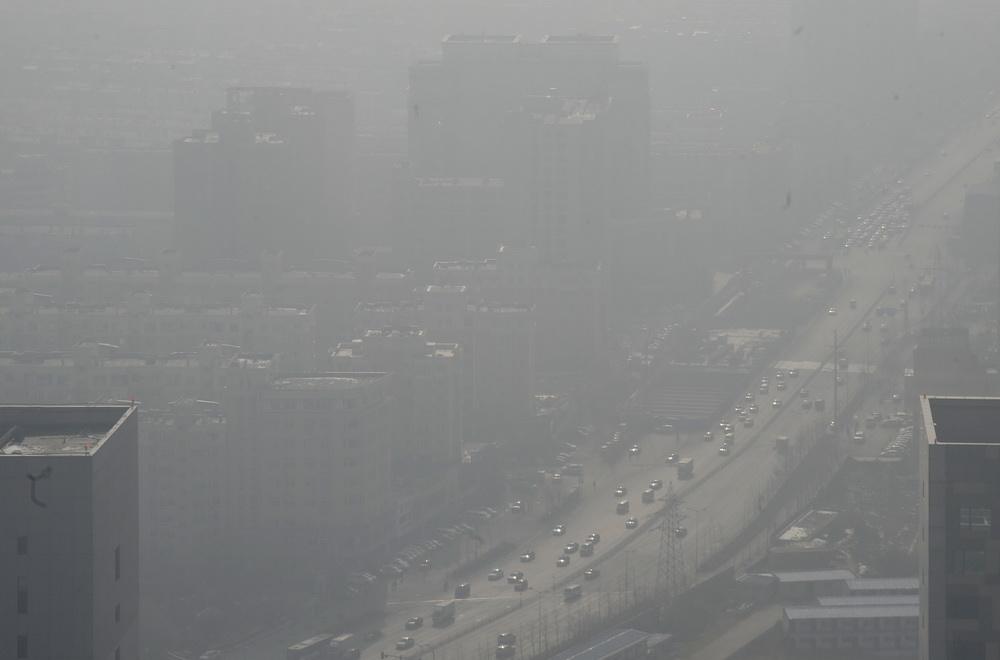This is Scientific American — 60-Second Science. I'm Christopher Intagliata.
You may have noticed your summertime electricity bills, when you're cranking the A–C, are more pricey than your wintertime payments. That's because air-conditioning is an electricity hog. And when a whole city or region turns down the thermostat, utilities have to meet that increased demand somehow.
"This is often when we turn on the oldest power plants or the dirtier power plants." Tracey Holloway, an atmospheric scientist at the University of Wisconsin in Madison. "Some of these older power plants that only run on fuel oil or run on coal only run on the hottest days."
Using data from the EPA, Holloway and her team studied how air pollutants respond when the temperature goes up. They found that across the eastern U.S., for every degree Celsius temperature rise, power plants belched out 140,000 metric tons of additional carbon dioxide. And emissions of the pollutants sulfur dioxide and nitrogen oxides rose three and a half percent per extra degree of heat, averaged across the region.

That's especially bad, because hot summer days are the worst days to pump out more pollution. "These hot days, when we turn on the air conditioning across the U.S. or the state also happen to be the most chemically reactive days. Every unit of air pollution going into the air is that much more likely to form ozone." And ozone itself is a potent air pollutant. The study is in the journal Environmental Science and Technology.
Holloway says the answer to this summertime pollution peak may be an energy source that thrives on hot, sunny days. "If we could be getting solar electricity during this peak time it may offset this hot weather midday peak and be a great solution for avoiding having to turn on those peaking power plants." In other words: why not use the sun, to keep cool.
Thanks for listening for Scientific American — 60-Second Science Science. I'm Christopher Intagliata.











